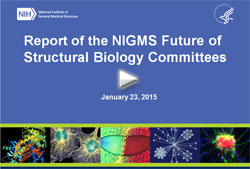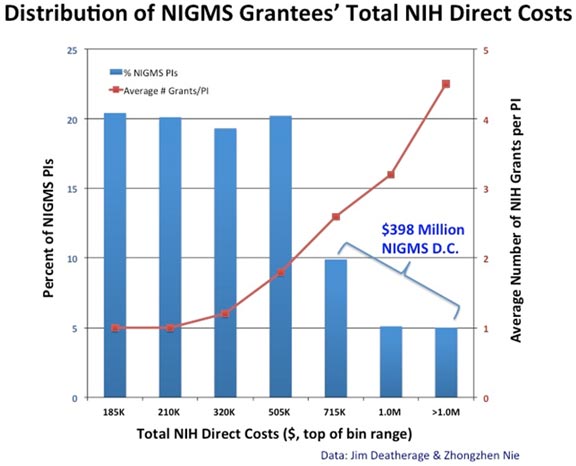We have just issued the first funding opportunity announcement (FOA) in the pilot of our new Maximizing Investigators’ Research Award (MIRA) program. The development of this program was greatly informed by responses to our request for information, which I summarized in a previous Feedback Loop post.
The goal of this FOA is to test the MIRA concept under well-controlled conditions with a small group of investigators. We’re initially targeting established investigators who have received two or more R01-equivalent awards or a single award of $400,000 or more in direct costs from NIGMS in Fiscal Year 2013 or 2014, and who have at least one grant expected to end in Fiscal Year 2016 or 2017. We think that this approach will help these investigators transition smoothly from their current grants to MIRA support. In the future, we plan to issue MIRA FOAs for additional groups of investigators, and if the pilot is successful we will open the program to any investigator working on research questions related to the mission of NIGMS.
If you’re eligible for this FOA and on the fence about applying, consider that MIRA awards:
- Will be for 5 years instead of the current NIGMS average of 4 years,
- Will continue support for other research currently funded by NIGMS without requiring a separate renewal application,
- Will provide flexibility to pursue new ideas and opportunities as they arise,
- Will increase funding stability, and
- Will reduce time spent managing multiple grant awards and writing grant applications.
We’ll post additional information, including answers to frequently asked questions, on the NIGMS MIRA Web page.
NOTE: The FOA lists the earliest award date as December 2016. This is an error. The earliest award date is actually April 2016.



 similar to the one that has been supported through PSI.
similar to the one that has been supported through PSI. I’m delighted to tell you that
I’m delighted to tell you that 